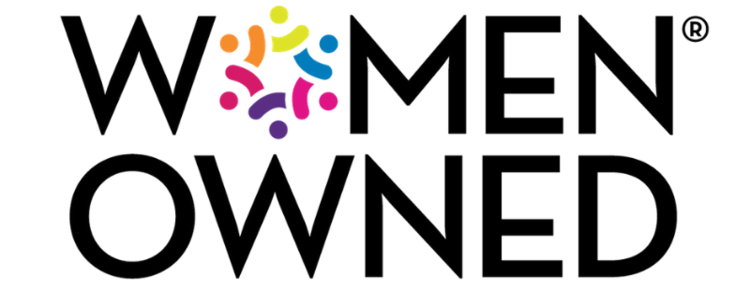Is the same true of writing training? After all, isn’t it more likely to be ineffective than other training because people can either write, or they can’t?
No, the truth is that if you can think critically, you can learn to write. Whether you’re a manager, engineer, scientist, or financial professional, you can be trained to write readable, persuasive, and effective documents. Even if you’ve always thought you can’t write.
The key to effective writing training (as with other types of training) is keeping employees engaged. Based on our more than 25 years of providing writing training, we’ve identified that the best and most effective writing training programs share six characteristics that foster engagement and results.
1. Participants See Immediate Benefits
Participants need to see value from training to be engaged. With writing training, the value comes from strategies that they can easily apply to create more effective emails, documents, and other written materials. While writing training might not sound exciting, whether participants have always struggled with their writing or are decent or even strong writers, learning these strategies can be exciting and confidence-building.
2. Fun, Credible Instructors
With learning, fun matters. Not only does fun encourage engagement in training, but research shows that a fun classroom experience supports the retention of information, no matter the age of the student.
Credibility is also important, especially for professional audiences. Having expert instructors is important to showing participants that the information, rules, and techniques they’re learning are proven, valuable, and worthwhile.
3. Readability, Readability, Readability.
Effective writing connects with readers, and connecting with readers means understanding how they read. That’s why readability studies are at the core of the best training programs. This research gives writers the means to make good choices about how to structure documents, paragraphs, and sentences. Writers learn specific strategies to gain reader buy-in and compel readers to take action.
As problem-solvers in the jobs, today’s professionals know how to apply problem-solving strategies. By taking this strategic, readability-focused approach, the best writing training programs show them how to apply their critical thinking and problem-solving skills to writing.
4. Training Emphasizes Participants’ Writing Needs and Challenges
Writing isn’t one-size-fits-all, and neither should writing training be. While commonalities exist across quality writing, the challenges engineers face in writing technical documents are different than those salespeople encounter when writing business proposals. Quality writing training programs recognize this and, while teaching the fundamentals, they also help solve participants’ particular needs and challenges—whether participants are engineers, IT professionals, technical writers, scientists, biotech professionals, sales people, or business people.
5. Real-Life Examples are Used, Including from Participants Themselves
To help ensure that participants are able to apply the strategies being taught, the best writing training programs have employees apply the strategies to their own and their co-workers’ writing. It means that after the training is complete, employees don’t struggle to apply their lessons to their written work—they’ve already done it.
As one writing training participant told us, “the exercises to review and rewrite the samples from the participants’ own writing were not easy but helped practice the learning … I wouldn’t change anything [about the Hurley Write course I attended].”
6. Small Class Sizes Ensure Interactivity and Allow for Feedback
Writing is best taught in small groups in a workshop-style setting. Why? First, such a setup helps ensure interactivity by encouraging engagement, fun, and learning. Second, it allows ample time for participants to get feedback on their writing, so they can learn about their particular strengths and areas of improvement.
If your team needs help strengthening their business writing skills, or needs to learn new writing skills for more effective, targeted documents, contact Hurley Write today!


